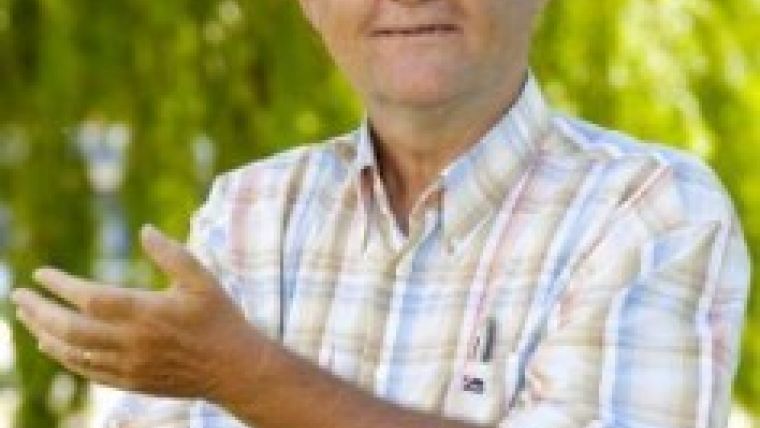The Venerable Lady Strikes Back
The longest-standing ‘remote sensing’ technology – photogrammetry – has already been around for 150 years. Indeed, she is a venerable lady in the realm of geodata acquisition, and the founding of the International Society of Photogrammetry, the precursor of ISPRS, back in 1910 underpins this fact. Just as empires and civilisations rise and perish, so too do technologies. Around the year 2000, it seemed that Lidar would emerge as a serious threat for photogrammetry as the main source of 3D point clouds for generating digital elevation/surface models (DEM/DSM). Lidar systems enable rapid acquisition of 3D geodata from (un)manned aircraft and ground-based platforms, either mounted or mobile. Their pulses partially pass through thin foliage, reflect from dune surfaces and other low-textured areas, and directly give x, y and height without the cumbersome computations needed to obtain measurements through image matching. The pulses also reflect from power lines, making it suitable for inspecting above-ground electricity networks. Therefore, in 2000, the creation of point clouds from overlapping imagery could by no means compete with Lidar. On the other hand, Lidar surveys are very costly and do not capture sufficiently high-quality colour data to create realistic 3D models. Now, with growing interest in 3D city models from urban planners, managers and many others, the feasibility of imagery has been hoisted into the zenith again. CCD arrays have since replaced film in the image plane, allowing the dawn of a new type of aerial [E1] cameras. They efficiently combine straight vertical views with calibrated oblique imagery. This enables the capture of highly overlapping images for extracting 3D point clouds as well as textures for the generation of 3D models at levels of detail (LoD) 2 and 3. The creation of 3D point clouds from images relies on stereo matching. Introduced over 30 years ago, these algorithms usually start with feature extraction – not only to warrant high reliability but also to save computation time. Next, sub-pixel accuracy is gained through area-based matching by least squares or correlation. Today’s DEMs and DSMs may have densities similar to the ground sampling distance (GSD) of the imagery from which they are derived. For example, images with a GSD of 5cm may deliver a density of up to 400 points per square metre. The rise of dense image matching has been propelled by the advent of programmable graphical processing units (GPUs) and new algorithms which together allow amazingly fast matching. Moreover, the costs are low since today’s computer power is cheap, and the same is true for digital cameras which provide high-quality imagery, while large overlaps do not add to costs. The pull of using imagery has increased further since open source packages have become available from the field of computer vision. So, once seemingly vulnerable, the venerable lady was reborn around 2010 and has since become a fully fledged competitor to Lidar for 3D model creation, and she may even have the potential to outstrip Lidar altogether.

Value staying current with geomatics?
Stay on the map with our expertly curated newsletters.
We provide educational insights, industry updates, and inspiring stories to help you learn, grow, and reach your full potential in your field. Don't miss out - subscribe today and ensure you're always informed, educated, and inspired.
Choose your newsletter(s)
























